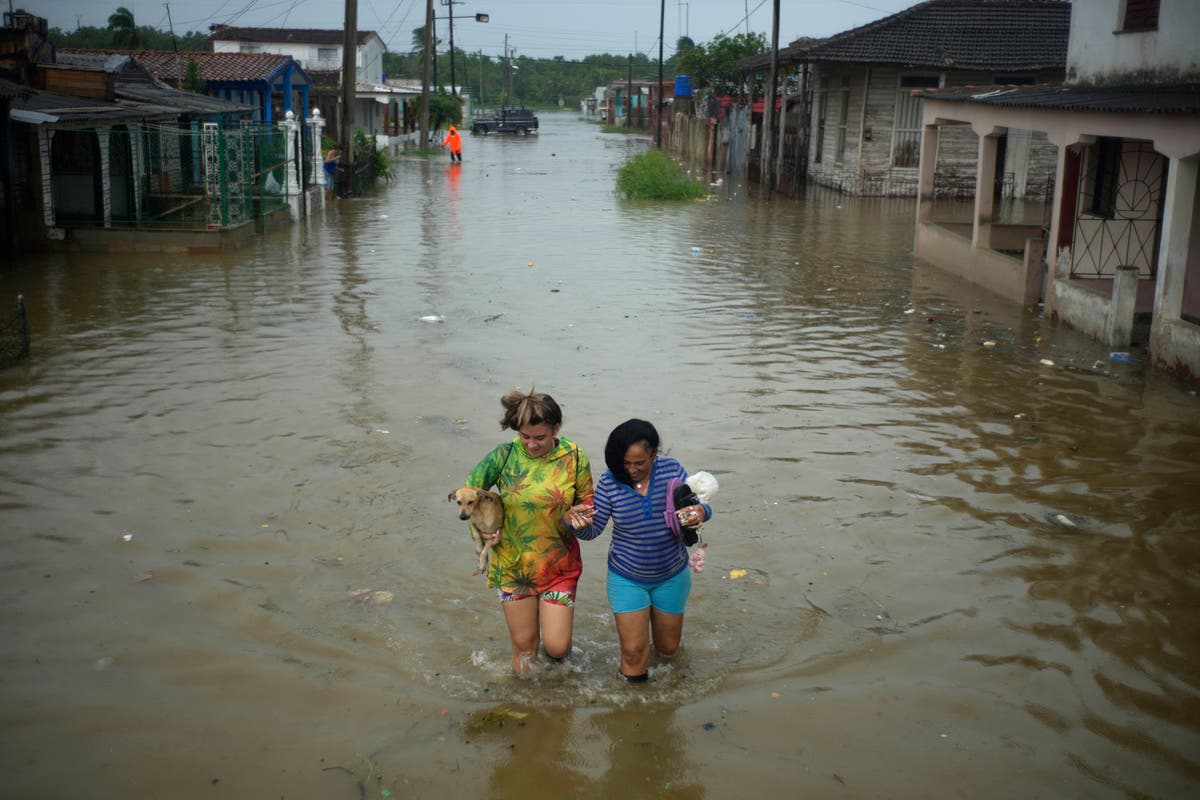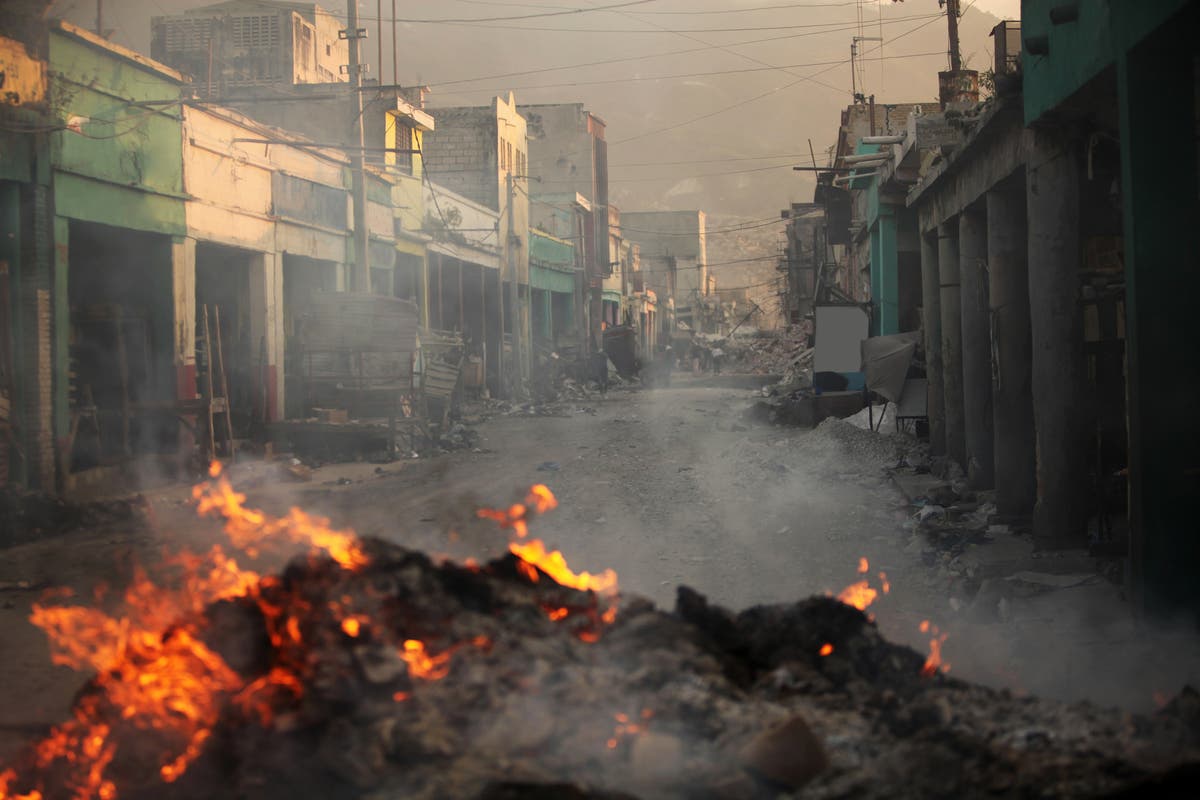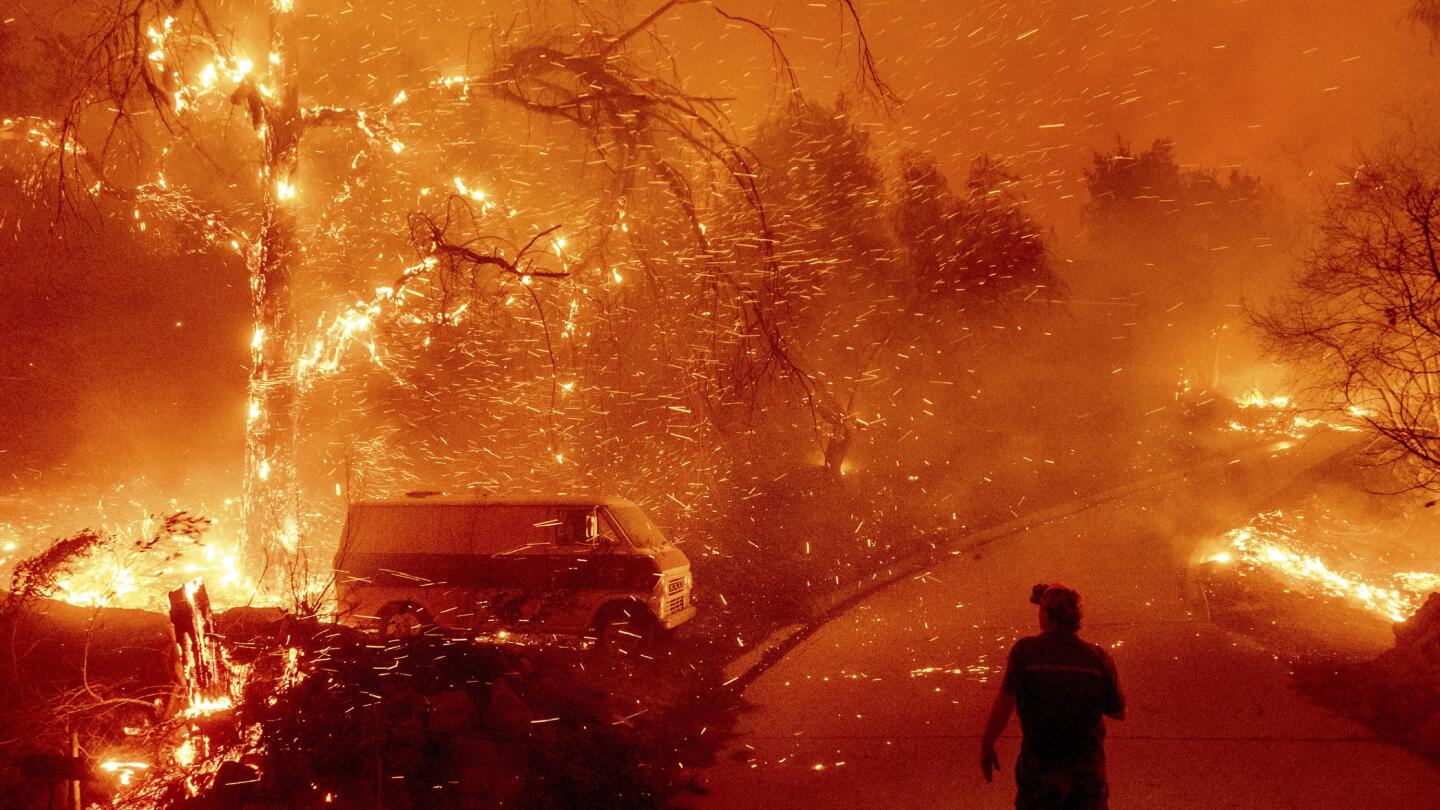Naracoorte megafauna succumbed to both humans and climate change, research finds
ABCA team of scientists, computer modellers and palaeontologists has unearthed reasons why megafauna disappeared from South Australia's south east. Key points: New research shows a reduction in food was most likely the result of both climate change and human intervention Naracoorte Caves in South Australia is considered a treasure-trove of ancient megafauna fossils Scientists used computer modelling to build an ecosystem and test the impact of changes Headed by researchers from Flinders University, the team built computer-based networks to recreate the Naracoorte ecosystem and investigate the extinction of prehistoric megafauna. Climate change a factor Dr Llewelyn said changes in food supplies were most likely affected by climatic change and human intervention in the Late Pleistocene era. "There are people who say it was human arrival, potentially hunting by humans that drove them to extinction or human land use and firestick farming, which burnt the land changing the vegetation and having a flow-on effect causing the extinction," Dr Llewelyn said. "Megafauna had far fewer predators than the surviving species and so predator naivety may have also made the megafauna particularly vulnerable to the arrival of a new predator such as humans," he said.
Discover Related


)







































